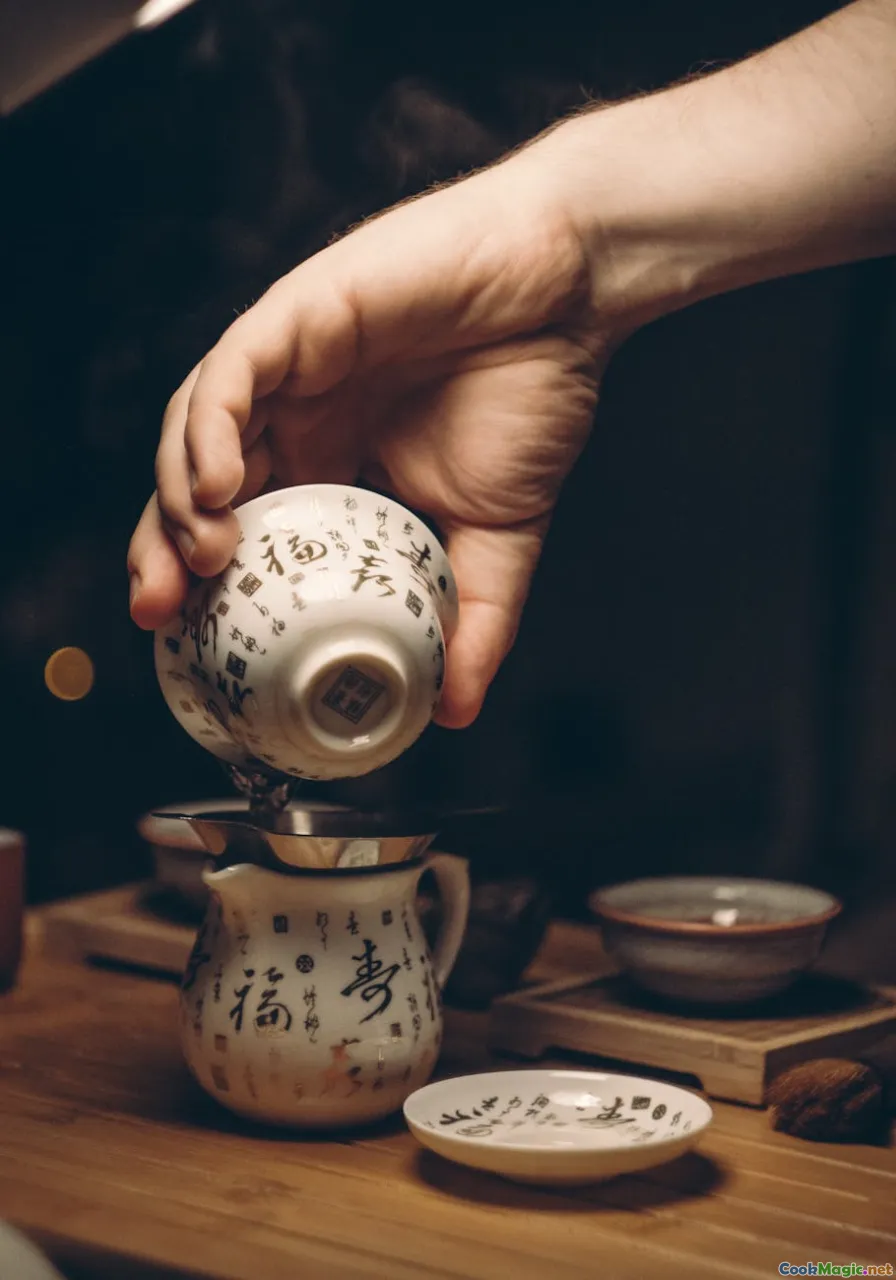The Art of Uzbek Tea Ceremony
7 min read Discover the rich rituals, cultural significance, and sensory delights of the Uzbek tea ceremony, a cornerstone of hospitality and tradition. April 22, 2025 09:55
The Art of Uzbek Tea Ceremony
In the heart of Central Asia, where the vast steppes meet the ancient Silk Road, lies a tradition that embodies hospitality, respect, and community: the Uzbek tea ceremony. Far more than just a simple act of drinking tea, this ritual is a vivid tapestry woven with history, social bonds, and sensory experiences that have endured for centuries.
Introduction: A Sip into History and Culture
Imagine a chilly Uzbek evening in a bustling courtyard, the aroma of freshly brewed tea mingling with the scent of baked bread and fragrant herbs. Elders sit comfortably on carved wooden divans, their hands wrapped around steaming cups, while younger family members listen intently to stories passed down through generations. This scene encapsulates the essence of the Uzbek tea ceremony—a revered social ritual that transcends mere refreshment to become a symbol of hospitality and unity.
Did you know that in Uzbekistan, offering tea is considered a sacred act? It's not just about quenching thirst but about forging bonds, showing respect, and celebrating life’s simple pleasures. Now, let’s journey into the intricate world of this captivating tradition.
Historical Roots of the Uzbek Tea Ceremony
The origins of the Uzbek tea ceremony trace back over a thousand years, deeply embedded in the region’s nomadic lifestyle and Persian influence. Tea was once a luxury commodity, reserved for special occasions or nobility, but over time, it became a staple of daily life.
During the Silk Road era, Uzbekistan became a melting pot of cultures, where tea drinking rituals absorbed elements from Persian, Chinese, and Russian traditions. This fusion gave birth to a unique style—an artful dance of preparation, presentation, and social interaction.
Today, the ceremony reflects a harmonious balance between tradition and modernity, maintaining its core values while adapting to contemporary life.
The Components of the Uzbek Tea Ceremony
1. The Tea Leaves and Preparation
Uzbek tea is primarily black, often a robust, aromatic variety. High-quality leaves are essential, usually stored in ornate containers to preserve their flavor. Traditionally, tea is brewed in a samovar, a beautifully crafted metal urn that keeps water hot for hours.
The preparation begins with boiling water in the samovar, then pouring a small amount over the tea leaves in a teapot—a process called ‘straining’—which intensifies the aroma. The concentrated tea is then diluted with hot water to achieve the desired strength.
2. Serving and Presentation
Tea is served in small, elegant glasses called ‘piala’—a crucial element that enhances the sensory experience. The glasses are often decorated with intricate patterns, reflecting Uzbek artistry.
A traditional tea tray (or tashkent) is used to present the cups, often accompanied by sweets like baklava, pishma, or dried fruits, which balance the tea’s boldness.
3. The Ritual of Pouring
One of the most captivating aspects of the ceremony is the pouring technique. The host carefully pours tea from a height, creating a gentle arc that aerates the tea and cools it slightly before reaching the cup. This act symbolizes respect and attentiveness.
4. The Social Aspect
The ritual isn’t complete without conversation. The host offers the first cup to guests, a gesture of respect. It’s common to pour multiple rounds, each signifying friendship and shared joy. Refilling cups without being asked is a sign of genuine hospitality.
Sensory Experience: Tasting the Tradition
Imagine taking your first sip: the tea’s deep, smoky aroma envelops your senses, complemented by the subtle sweetness of dried fruits or honey. The taste is bold yet smooth, with a lingering warmth that invites you to relax and linger.
The texture of the piala glass, the sound of pouring tea, and the visual beauty of the decorated cups all contribute to an immersive experience—each element amplifying the sense of community and tradition.
Personal Reflections and Cultural Significance
Having had the privilege to witness and participate in Uzbek tea ceremonies, I’ve come to see them as more than mere customs—they are living expressions of Uzbek identity. The patience, attentiveness, and respect embedded in the ritual mirror the values of Uzbek society.
In Uzbekistan, a good cup of tea is a bridge—connecting generations, bridging social gaps, and fostering a sense of belonging. It’s a moment to pause, reflect, and cherish the company of loved ones.
Places to Experience the Uzbek Tea Ceremony
While traditional homes are the most authentic venues, many Uzbek cafes and cultural centers now offer immersive tea experiences. Cities like Tashkent, Samarkand, and Bukhara boast tea houses where the ritual is performed with artistry and pride.
Conclusion: More Than a Drink
The Uzbek tea ceremony is a captivating dance of tradition, artistry, and social grace. It embodies the spirit of Uzbek hospitality—a warm invitation to share stories, laughter, and life itself.
Next time you sip tea, consider the centuries of history, culture, and human connection infused in each cup. Embrace the ritual, and let it remind you of the universal language of hospitality.
In essence, the art of the Uzbek tea ceremony is an enduring testament to the power of shared moments—one cup at a time.









